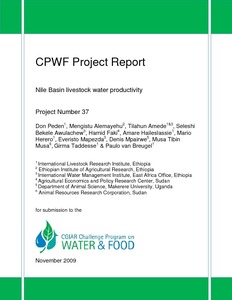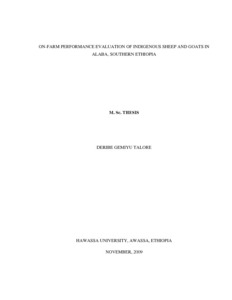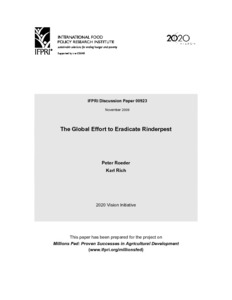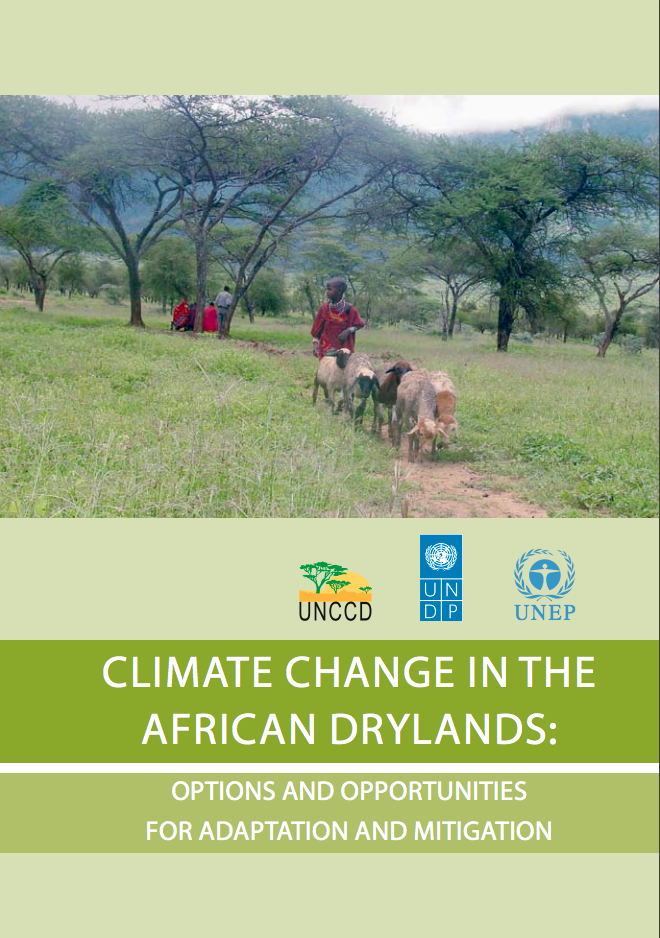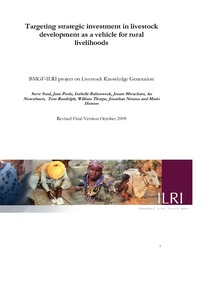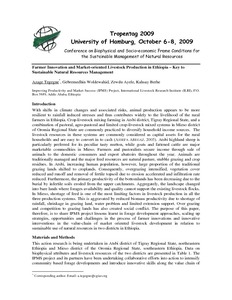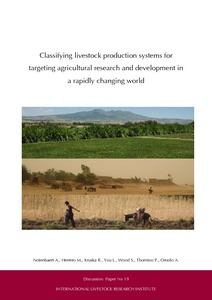Nile Basin livestock water productivity
PN37 (Increasing Water-Use Efficiency for Food Production through Better Livestock Management -
The Nile River Basin) set out to improve food security, reduce poverty and enhance agroecosystem
health by managing livestock for more effective overall use of water. PN37 responded to water
challenges posed by the CPWF, to the Nile Basin Initiative’s goal of better sharing benefits of water
use, and to global need for the livestock sector to use agricultural water more efficiently and

